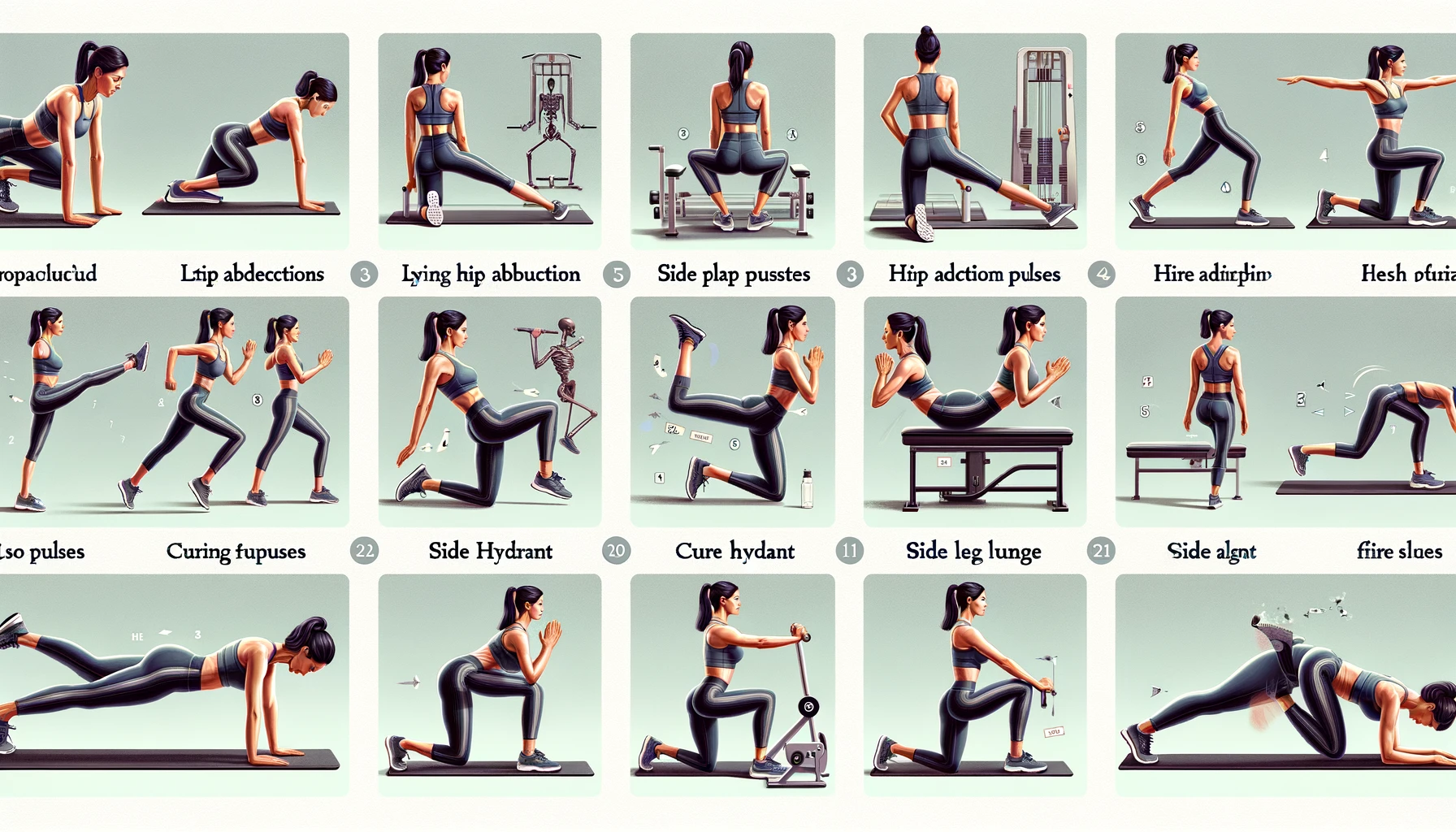Discover the health benefits, how to practice, and tips for mastering Bikram Yoga. Learn why this popular form of yoga is an excellent way to improve your physical and mental well-being.
Introduction:
Bikram Yoga, also known as Hot Yoga, is a popular form of yoga that has gained a massive following in recent years. Developed by Bikram Choudhury in the 1970s, this style of yoga involves performing a series of 26 poses in a heated room. The practice is known for its many health benefits, including improved flexibility, strength, and stress reduction.

In this comprehensive guide, we’ll explore the many benefits of Bikram Yoga, how to practice it, and tips for mastering this unique form of yoga.
| Class Name | Description | Duration |
|---|---|---|
| Bikram Yoga Basics | A beginner-friendly class that covers the basics of Bikram Yoga poses and breathing techniques | 60-75 minutes |
| Bikram Yoga Express | A condensed version of the traditional Bikram Yoga class that is designed to fit into a busy schedule | 45-60 minutes |
| Bikram Yoga Advanced | A challenging class for experienced practitioners that includes advanced poses and longer holds | 90-120 minutes |
Content Outline
Benefits of Bikram Yoga:
Bikram Yoga offers a wide range of benefits for both physical and mental health. Some of the key benefits include:
- Increased Flexibility: Bikram Yoga helps to increase flexibility in your muscles and joints, making it easier to move and reducing your risk of injury.
- Improved Strength: The practice of Bikram Yoga requires a significant amount of strength, particularly in your core and legs. Over time, you’ll notice improvements in your overall strength and muscle tone.
- Reduced Stress: Bikram Yoga can help to reduce stress and promote relaxation. The heat and intense practice help to release tension and promote a sense of calm.
- Detoxification: The heat and sweating during Bikram Yoga practice can help to release toxins from your body, leaving you feeling refreshed and energized.
- Improved Circulation: The combination of deep breathing and intense exercise in a heated room can help to improve circulation and oxygenation of the blood.
How to Practice Bikram Yoga:
- Find a Studio: Look for a local Bikram Yoga studio in your area. Most studios offer classes throughout the day, so you can find a time that works for your schedule.
- Dress Appropriately: Wear lightweight, breathable clothing that allows you to move comfortably. It’s also important to bring a towel and water bottle to stay hydrated.
- Prepare for the Heat: The practice room is typically heated to around 105 degrees Fahrenheit, so it’s important to acclimate yourself to the heat gradually. Begin by spending a few minutes in the room before class starts and hydrate well before and after class.
- Focus on Your Breath: Throughout your practice, focus on your breath and use it to help you move through the poses. Take deep, slow breaths to help calm your mind and relax your body.
- Listen to Your Body: It’s important to listen to your body and not push yourself too hard. Take breaks when needed and modify poses if necessary to prevent injury.
Tips for Mastering Bikram Yoga:
- Be Consistent: To get the most benefit from Bikram Yoga, it’s important to practice regularly. Aim to attend class at least two to three times a week.
- Set Realistic Goals: Set realistic goals for your practice, whether it’s improving your flexibility, building strength, or reducing stress. Work toward your goals gradually and celebrate your progress along the way.
- Stay Hydrated: It’s crucial to stay hydrated before, during, and after your Bikram Yoga practice. Bring a water bottle with you and drink plenty of fluids throughout the day.
- Invest in Quality Gear: Invest in high-quality gear that is breathable and comfortable to wear. This will help you to move more freely and feel more comfortable during your practice.
- Practice Patience: Bikram Yoga is a challenging form of yoga that requires patience and persistence.
FAQs:
Bikram Yoga is suitable for beginners, but it’s important to take it slow and listen to your body. If you’re new to the practice, let your instructor know and take breaks as needed.
It’s best to avoid eating a large meal before a Bikram Yoga class, as this can cause discomfort during practice. Instead, aim to eat a light, nutritious snack about an hour before class.
How often should I practice Bikram Yoga?
To get the most benefit from Bikram Yoga, it’s recommended to practice at least two to three times per week. However, everyone’s schedule and needs are different, so it’s important to find a practice frequency that works for you.
Bikram Yoga can be a helpful component of a weight loss plan, as it can help to increase metabolism and burn calories. However, it’s important to combine regular Bikram Yoga practice with a healthy diet and lifestyle to see the best results.
Conclusion:
Bikram Yoga is a unique and challenging form of yoga that offers a wide range of benefits for both physical and mental health. By following the tips and advice in this guide, you can enjoy a safe and effective practice that helps to improve flexibility, strength, and overall well-being. Whether you’re new to yoga or an experienced practitioner, give Bikram Yoga a try and discover why it’s become one of the most popular forms of yoga in the world.









Para Q Sirve Cialis
(Admin)
Cialis 5 mg prezzo prezzo cialis 5 mg originale in farmacia tadalafil 5 mg prezzo
you are in point of fact a just right webmaster. The site loading speed is amazing. It seems that you are doing any distinctive trick. In addition, The contents are masterpiece. you have done a great job on this matter!
https://secure.squirtingvirgin.com/track/MzAxODgyLjUuMjguMjguMC4wLjAuMC4w
Hey I know this is off topic but I was wondering if you knew of any widgets I could add to my blog that automatically tweet my newest twitter updates. I’ve been looking for a plug-in like this for quite some time and was hoping maybe you would have some experience with something like this. Please let me know if you run into anything. I truly enjoy reading your blog and I look forward to your new updates.
cloudbet rezension
Nice post. I learn something new and challenging on websites I stumbleupon everyday. It’s always exciting to read through content from other authors and use a little something from other websites.
top online pokies australia 2022
Wow, superb blog structure! How lengthy have you been running a blog for? you made running a blog look easy. The overall glance of your website is great, let alone the content!
csgo site
Cialis Precio En Farmacia EspaГ±a
You are not right. I am assured. Write to me in PM, we will talk.
Cialis 5 mg prezzo tadalafil 5 mg prezzo cialis 5 mg prezzo
Keep on working, great job!
bcgame mirror
Attractive section of content. I just stumbled upon your site and in accession capital to assert that I get actually enjoyed account your blog posts. Any way I will be subscribing to your augment and even I achievement you access consistently quickly.
Rybelsus
Right here is the perfect web site for anybody who really wants to find out about this topic. You understand a whole lot its almost tough to argue with you (not that I actually will need to…HaHa). You definitely put a brand new spin on a topic which has been discussed for many years. Great stuff, just great!
https://28weeks.ru
Отечественный производитель предлагает разборные гантели https://gantel-razbornaya.ru/ – у нас найдете обширный объем предложений. Комфортные снаряды позволяют эффективно выполнять силовые тренировки в любом месте. Изделия для спорта отличаются удобством, безопасностью в использовании. Компания из России продуктивно изучает и внедряет инновационные технологии, чтобы осуществить потребности новых покупателей. В выпуске долговечных изделий активно используются высококлассные марки чугуна. Достойный комплект моделей позволяет получить разборные гантели для эффективной программы занятий. Для домашних занятий – это приятный набор с маленькими габаритами и значительной фунциональности.
I know this website offers quality depending content and other
data, is there any other website which presents these information in quality?
Also visit my website – vpn coupon 2024
My brother suggested I may like this website. He used to be entirely right.
This submit truly made my day. You can not consider simply how a lot time
I had spent for this information! Thank you!
my website :: vpn special coupon
Wow, marvelous blog layout! How lengthy have you ever been running a blog for?
you make blogging glance easy. The full look of your website is wonderful, let alone the content!
You can see similar here sklep online
В нашем мире, где диплом является началом удачной карьеры в любом направлении, многие ищут максимально быстрый путь получения образования. Наличие документа об образовании переоценить попросту невозможно. Ведь именно диплом открывает дверь перед каждым человеком, желающим вступить в сообщество профессионалов или учиться в каком-либо ВУЗе.
Мы предлагаем максимально быстро получить этот необходимый документ. Вы сможете купить диплом, и это будет отличным решением для человека, который не смог завершить обучение, потерял документ или желает исправить свои оценки. диплом изготавливается с особой аккуратностью, вниманием к мельчайшим деталям, чтобы на выходе получился продукт, полностью соответствующий оригиналу.
Плюсы этого подхода состоят не только в том, что можно оперативно получить диплом. Процесс организовывается удобно, с нашей поддержкой. Начиная от выбора требуемого образца документа до консультации по заполнению персональных данных и доставки в любое место России — все под абсолютным контролем наших мастеров.
Для тех, кто ищет быстрый и простой способ получения требуемого документа, наша компания предлагает отличное решение. Купить диплом – это значит избежать длительного обучения и не теряя времени переходить к важным целям, будь то поступление в ВУЗ или старт успешной карьеры.
https://diploman-russiyans.com
Hello are using WordPress for your blog platform? I’m new to the blog world but I’m trying to get started and set up my own. Do you require any coding knowledge to make your own blog? Any help would be really appreciated!
https://king-bookmark.stream/story.php?title=KUPITI-SKLO-DLYA-FAR-SHIROKII-VIB%D1%96R-TA-VISOKA-YAK%D1%96ST#discuss
Its like you read my mind! You appear to know a lot about this, like you wrote the book in it or something. I think that you can do with a few pics to drive the message home a bit, but other than that, this is fantastic blog. A fantastic read. I will certainly be back.
https://privatebin.net/?9afa66cee3bed7c2#FNhy8Tb56eG4uLufPQCpZtVZi99BRQaaY7N1dBBzpvb6